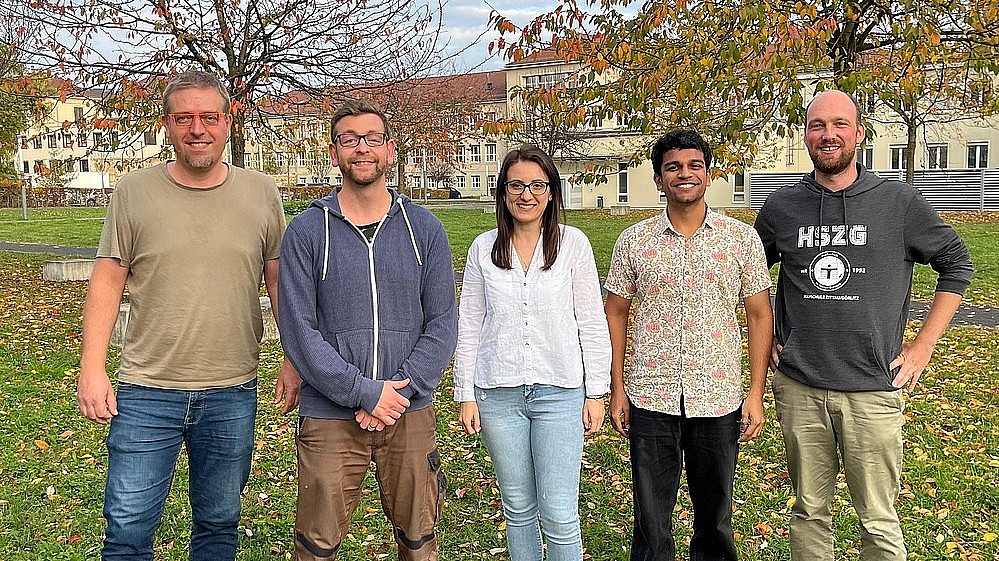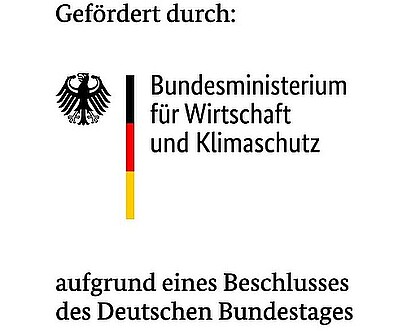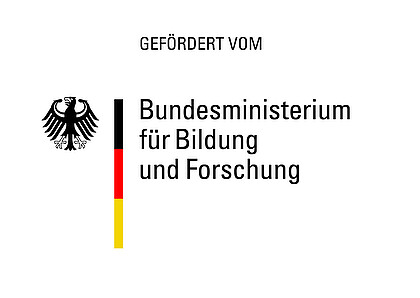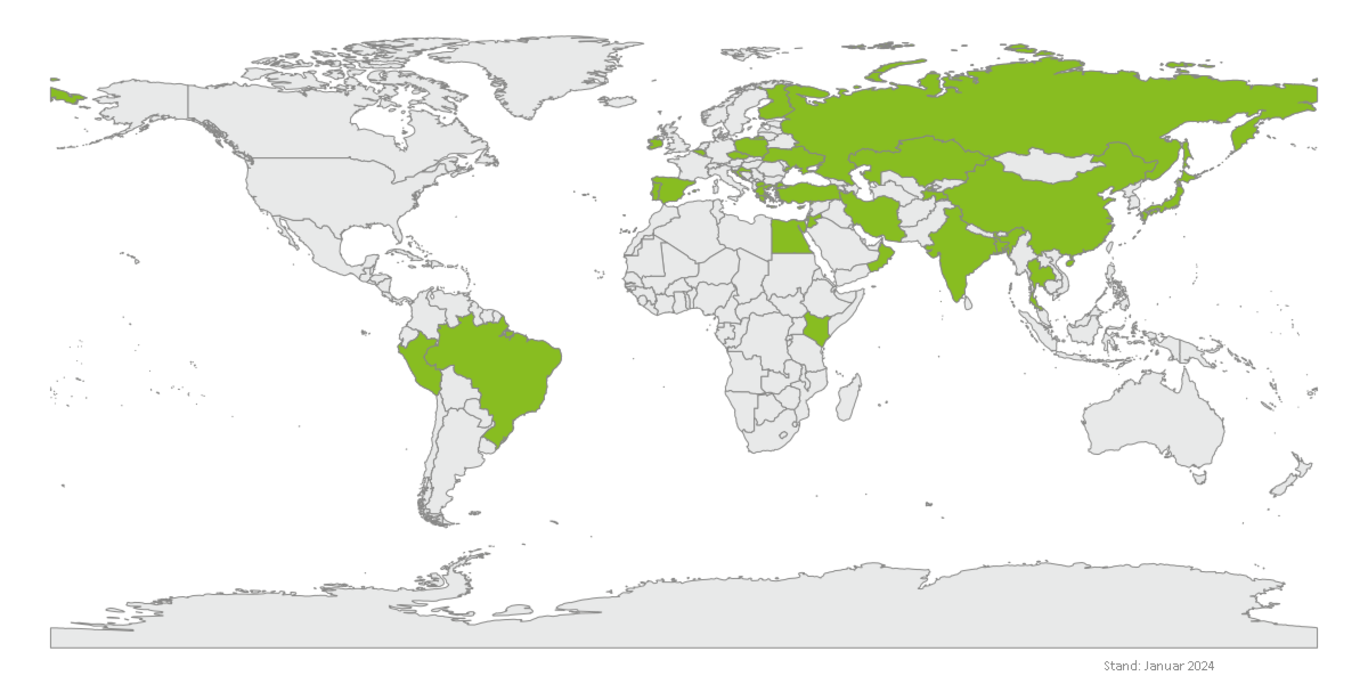At the IPM, two IAESTE students developed impressive 3D animations and visualizations to illustrate new technologies.

Dobrila Grujikj comes from Tetovo in the Republic of North Macedonia and studies Computer Science and Engineering at the "Ss. Cyril and Methodius" University in Skopie Computer Science and Engineering. From August to October, she completed an internship with us at the Institute of Process Engineering, Process Automation and Metrology (IPM) as part of the IAESTE exchange program. Here she was involved in the specialist group for measurement technology and process automation (MTPA) with the creation of an animated multimedia presentation on a new prototype measurement system, which was designed for radiation measurements on transport and storage containers for radioactive waste. This system was developed as part of the DCS-Monitor II research project and has already been used in measurement campaigns at the Interim Storage Facility North of the Nuclear Waste Management Plant (EWN) in Lubmin.
As a very experienced 3D designer, Dobrija used the Autodesk Maya software. She independently took on all production steps, from the storyboard to rendering and post-production.
The finished animation now shows not only the course of the measurement campaign but also the structure of a CASTOR cask in a visually impressive and easy-to-understand way. In addition to being used in the IPM's public relations work, this video will now also support the acquisition of a follow-up project to DCS-Monitor II.
Rohan Saklani comes from Jharkhand, in the north of India. He is studying Computer Science and Engineering at Manipal University Jaipur. During his two-month IAESTE internship at IPM, he worked in the MTPA group on automation solutions in modern horticulture - using advanced rope robot technology and sensor-based AI support.
As part of the "LandÜber" project, he developed a software extension that carries out plausibility checks on data from a garden robot in real time and recorded data for later offline analysis. He also created a 3D representation of the entire robot platform and visualized the forces acting on the suspension of the cable-pulling robot. He achieved all of this with the help of tools such as Foxglove and the Robot Operating System ROS2 as well as the programming languages Bash, C++ and TypeScript. In addition to his extensive programming skills, he also proved that he is capable of developing software solutions and visualizations for challenging problems.
Both IAESTE students mastered the challenge of familiarizing themselves with sometimes unfamiliar subject areas within a few weeks and developing sufficient technical understanding with flying colors. This was made possible not least thanks to a lively exchange with the IPM staff. Dobrija and Rohan were also very enterprising in their free time: Both often set off on weekends to explore Zittau, Germany and Europe and attended various IAESTE events.
On October 29th, Dobrila and Rohan finally presented the impressive results of their successful work at the IPM and gave the auditorium beautiful and impressive insights into their home country in a separate presentation. We at the IPM are very proud of their success and wish them all the best for the future.
Text: Daniel Fiß / André Seeliger
Picture: Daniel Fiß




For many years, the IPM has offered two to three internships a year for students from abroad as part of the IAESTE exchange program. Since then, the institute has welcomed over 40 IAESTE students who have worked on internship topics in the natural sciences and engineering together with our staff. In 2020, the IPM received an award for over 15 years of practical partnerships for foreign students.
IAESTE stands for: International Association for the Exchange of Students for Technical Experience.
The program is about the placement and perception of work-related internships, preferably in the natural sciences and engineering. More than 90 countries around the world participate in the program.
Curious to find out more? Find out more here!